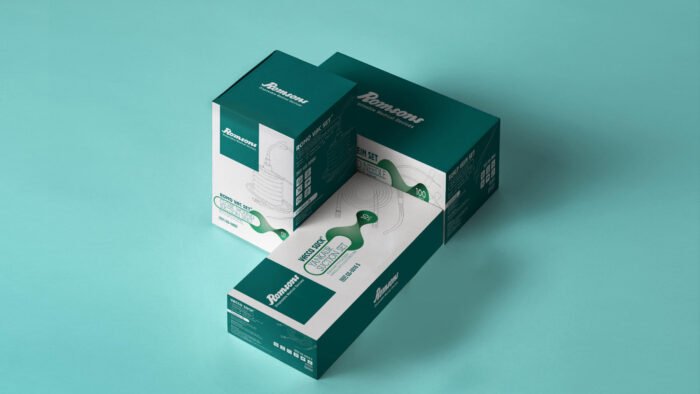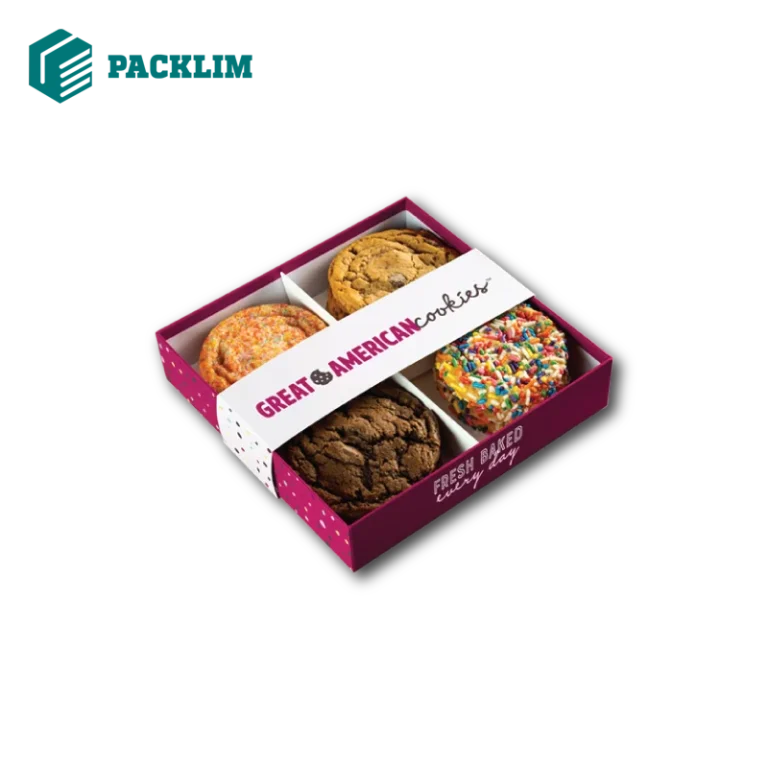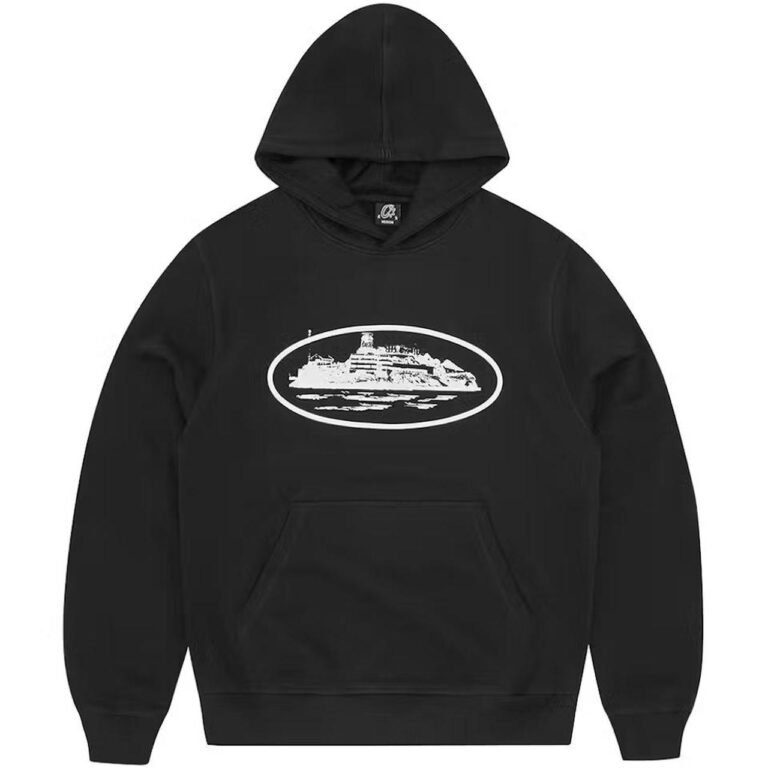Pharma Packaging Boxes – Ensuring Safety, Compliance, and Branding
Pharmaceutical packaging plays a vital role in maintaining the integrity, safety, and effectiveness of medications. It is not just a protective covering but a key element in ensuring compliance with regulatory standards, preventing counterfeit drugs, and enhancing brand recognition. As the pharmaceutical industry evolves, its boxes are becoming more advanced to meet stringent safety requirements, maintain regulatory compliance, and strengthen brand identity.In this article, we will explore how pharma packaging boxes contribute to safety, compliance, and branding while discussing the latest innovations in the industry.
The Importance of Pharma Packaging Boxes in Ensuring Safety
1. Protecting Medications from External Factors
Pharmaceutical products are highly sensitive to environmental factors like moisture, light, oxygen, and temperature variations. High-quality boxes are designed to create a protective barrier that ensures drug stability and effectiveness throughout its shelf life.
- Moisture-resistant coatings help prevent degradation.
- UV-resistant packaging protects light-sensitive drugs.
- Tamper-proof seals ensure product integrity.
2. Tamper-Evident Features for Consumer Protection
Counterfeit medicines pose a severe risk to public health. Pharma packaging solutions now incorporate tamper-evident seals, holographic labels, and security features to protect consumers from fraudulent products. Some common security measures include:
- Holographic stickers and QR codes to verify authenticity.
- Tamper-proof seals that indicate whether the product has been opened.
- Serialized tracking for supply chain transparency.
3. Child-Resistant and Senior-Friendly Designs
Safety regulations require pharmaceutical packaging to be child-resistant while also being accessible for seniors. Innovative push-and-turn caps, blister packs, and ergonomic designs ensure that medications are safe for households while still being easy to use for adults. Read more
Regulatory Compliance in Pharmaceutical Packaging Boxes
1. Meeting FDA and Global Compliance Standards
Pharmaceutical packaging is subject to strict regulatory guidelines set by organizations like the FDA (U.S.), EMA (Europe), and WHO (World Health Organization). Compliance ensures that drugs remain safe, effective, and traceable throughout the supply chain.
Regulations typically cover:
- Labeling accuracy (dosage, expiry, manufacturer details).
- Material safety (non-toxic, contamination-free packaging).
- Tamper-evident and child-resistant packaging requirements.
2. Serialization and Track-and-Trace Systems
To combat counterfeit drugs, governments have implemented serialization mandates. Each product receives a unique identification code that allows tracking from manufacturing to the end consumer.
- QR codes and barcodes for real-time scanning.
- Blockchain technology for secure data management.
- End-to-end supply chain traceability to prevent fraud.
3. Eco-Friendly Compliance and Sustainable Packaging
Sustainability is becoming a major concern in pharmaceutical packaging. Regulatory bodies are encouraging biodegradable, recyclable, and compostable materials to minimize environmental impact.
- Biodegradable paperboard and cardboard boxes reduce waste.
- Soy-based inks and water-based coatings for eco-friendly printing.
- Recyclable blister packs for sustainable disposal.
Branding Through Pharma Packaging Boxes
1. Creating a Strong Brand Identity
Pharma companies can differentiate their products through custom packaging designs that reflect their brand values. Aesthetic appeal, recognizable logos, and unique colors help consumers easily identify their preferred medications.
- Minimalist, professional packaging builds trust.
- Consistent branding elements ensure product recognition.
- Custom printing options allow for unique messaging. You can customize any custom designs boxes.
2. Enhancing User Experience with Informative Packaging
Well-designed pharmaceutical packaging boxes enhance user experience by providing clear dosage instructions, ingredient lists, and safety precautions.
- Large, easy-to-read fonts for better visibility.
- Braille printing for visually impaired patients.
- Multilingual labels for international markets.
3. Smart Packaging Innovations
Modern pharma packaging integrates smart technology to improve patient adherence and engagement.
- RFID-enabled boxes track medication usage.
- Smart blister packs send reminders for dosage.
- Augmented reality (AR) labels offer interactive information.
Trends and Future Innovations in Pharma Packaging
1. Digitalization and Smart Packaging
With advancements in IoT (Internet of Things) and AI, pharma packaging boxes are becoming smarter.
- Electronic tags and NFC technology help monitor storage conditions.
- Temperature-sensitive indicators ensure medication safety.
- AI-powered QR codes provide personalized medication information.
2. Biodegradable and Recyclable Packaging Solutions
The shift toward sustainable packaging is leading to the development of plant-based materials, compostable paperboard, and recycled PET (rPET) solutions.
- Cornstarch-based blister packs reduce plastic waste.
- Edible films and dissolvable packaging minimize environmental impact.
- Paper-based pill bottles replace plastic containers.
3. Personalized and Custom Packaging for Patient Needs
Pharma companies are investing in customized packaging that caters to individual patient needs. This includes:
- Pre-sorted pill packs for easy medication management.
- Single-dose packaging for travel-friendly use.
- Elderly-friendly designs with enhanced usability.
Conclusion
It serve a crucial role in protecting medications, ensuring regulatory compliance, and reinforcing brand identity. As the pharmaceutical industry continues to evolve, innovations in smart packaging, sustainability, and security measures will further enhance the safety and effectiveness of medications. By investing in high-quality, compliant, and well-branded pharma packaging solutions, pharmaceutical companies can ensure consumer trust, regulatory adherence, and long-term market success.






